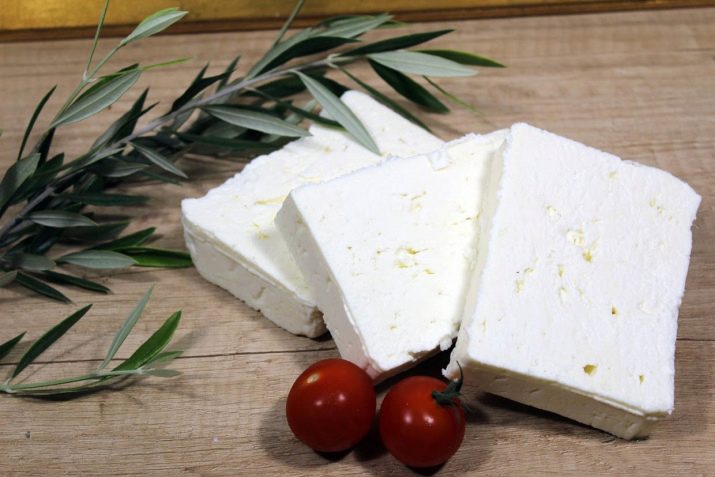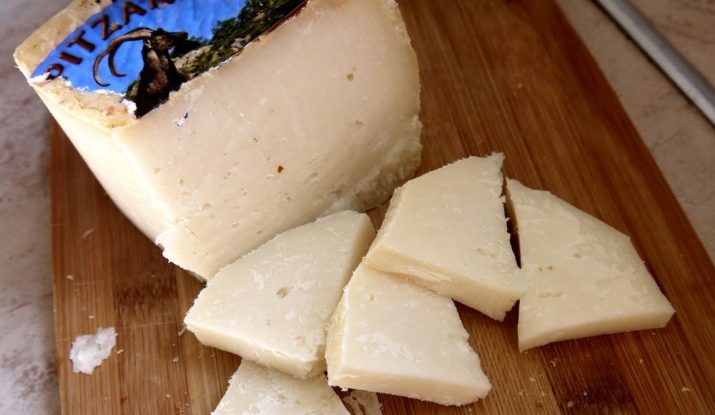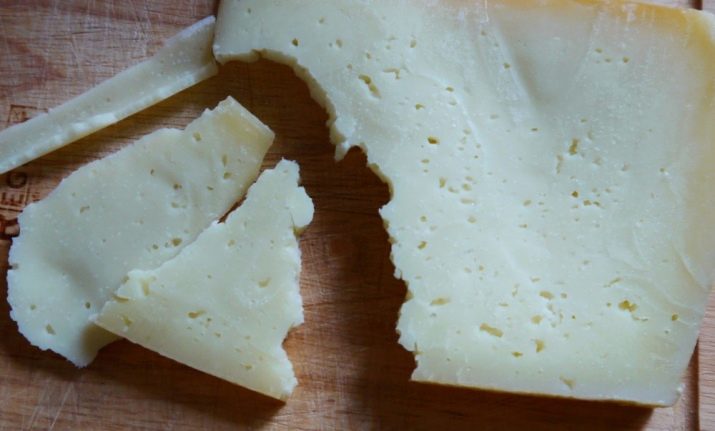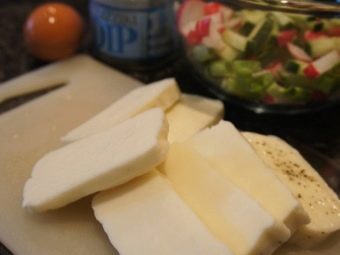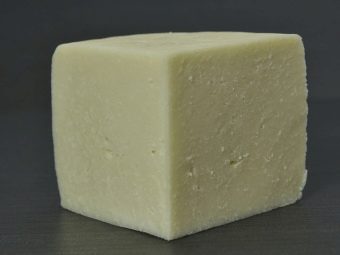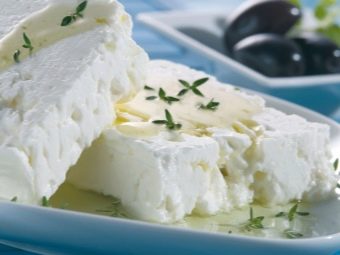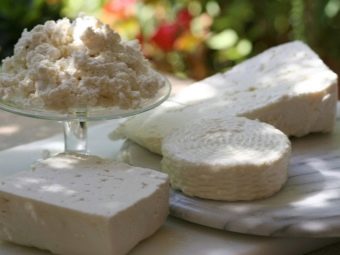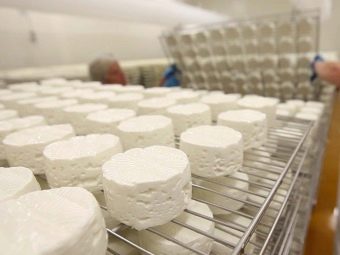Greek cheese: features and varieties of the product
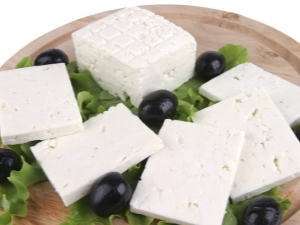
Greek cheeses are deservedly considered among the best in the world; many of their varieties have been protected in accordance with the European Union's “Reputable Reputation of Origin” (PDO). This means that none of the EU member states can use the name of these cheeses.They must necessarily meet the standards of processing and origin.
Kinds
There are a lot of varieties of Greek cheeses. Greece consumes more of this product than any other nation. Cheese is such an important part of the history of Greece that the ancient Greeks even “appointed” God for this wonderful food. According to mythology, Aristos, the son of Apollo and Kirina, was sent by the gods to give the Greeks the gift of cheese making. His name is derived from the Greek word "aristos", which means "the most useful."
Since then, Greece continues to produce amazing cheeses. The most famous and most exported of them is Feta, which is at the top of the list. It is exported all over the world, highly valued for its variations: from semi-soft to semi-hard and from soft to sharp varieties. Cheese is used in many ways: in bakery products, casseroles, snacks, with fruit and in the form of a dessert. For making feta, you can only use sheep milk and goat milk. It is a white cheese of slightly salty taste, which is given to it by a pickle used for cooking. The product is so versatile that you can add it to any dish, from eggs to desserts.
However, there are many other Greek cheeses that are equally good. For example, kefalotyri salted cheese, which is used in fried or grated form, and also served as a snack. Kefalotyri is made from sheep and goat milk. This is a very hard cheese, it tends to be dry. Kefalotyri cheese is usually aged for over a year, which gives it a strong flavor.
Graviera (Graviera) is the second most popular Greek cheese and is consumed in large quantities. Cow milk is used to make it in addition to goat and sheep milk. This species is sweeter than Kefalotyri, with an almost fruity flavor. This cheese is remarkable in fried form (saganaki), in salads or with pasta. There are many different varieties of Graviera, depending on the region of Greece where it is produced.
Each region has its own type with unique characteristics. Some of the species are saltier, some are more spicy, and some are made mostly with sheep or goat milk, while others contain mostly cow milk.
Halloumi, sometimes called the Greek grilled cheese, is a dense cheese that retains its shape when grilled and does not leak through the grate. He is a close relative of feta cheese. Halloumi has traditionally been made from sheep's milk, but today it is often made from a mixture of sheep's, goat's and cow's milk. The taste of cheese is sharp and salty, with a mild milky flavor. Halloumi is popular all over the Mediterranean and in the Middle East, where it is often cut into cubes and put on skewers.
Kefalograviera is a traditional Greek cheese made from sheep's milk. Organoleptic properties are between Kefalotyri and Graviera. This species is more salty and spicy than Graviera. Ideal for frying. Almost any cheese can be fried or baked. You just need to use the correct cooking procedure for each particular type. For example, harder cheeses are great for grilling, because the outside turns out to be a golden brown crust while the core is melted. Softer cheeses are ideal for breading, and the softest varieties are best baked.
For grilling, the best options are Halloumi and Kefalograviera. These varieties have high melting points that prevent their spreading when heated, so after frying they can be eaten with a fork and knife. Before grilling, they can be cut into squares or wedges and covered with flour or bread crumbs, in which case a crunchy crust forms outside. The variety Kefalograviera is first soaked in milk and then fried with lemon and honey. This dish is obtained simultaneously sweet, salty and spicy.
Be careful. Use a low temperature at which you can control what happens during frying.If the temperature is too high, the cheese will either burn outside, or you will get a rubbery watery product that is not very edible.
Calorie content
The number of calories in the grill of cheeses can be large, but if you use a low-fat variety, the calorie content may be reduced. Recently, in many countries there has been a tendency to eat fat-free food, which leads to an increase in the consumption of light foods. Dairy processors also noted this trend, which is reflected in the development of the production of low-fat cheeses. Procedures designed to produce low-fat cheeses include three approaches, which include:
- production technology;
- the use of additives such as fat replacers;
- new fat removal method.
Combinations of these procedures are also used.
Production technology
The fat content of the milk used to make low fat cheeses depends on the desired fat content of the cheese and is usually between 0.5 and 1.8%. To do this, skim milk powder is added to the milk used for production. Other parameters include cooking temperature, cooking time and salting rate.
Fat substitutes are divided into two groups: fat substitutes and fat mimetics. Fat substitutes are ingredients that have a chemical structure similar to fats, and have similar physicochemical properties. They are usually either not digested by the body, or help reduce calories per gram. Fat mimetic is an ingredient that has a completely different chemical structure with fat. It mimics some of the characteristic physico-chemical properties and desirable nutritional qualities of fat: viscosity, taste, etc.
New methods for removing fat include ultrafiltration of milk, which helps retain moisture and also improve the texture of the finished product. In the near future, all problems with the production of low-fat cheeses will be solved. This will allow consumers to enjoy cheese, without exposing themselves to the dangers associated with high fat content.
The ratio of casein and fat in milk is also important. For the production of fat grades, a ratio of 1.58 is desirable, while a ratio of 2.4 is proposed for a low fat variety.
How to make Greek cheese at home, see the following video.

